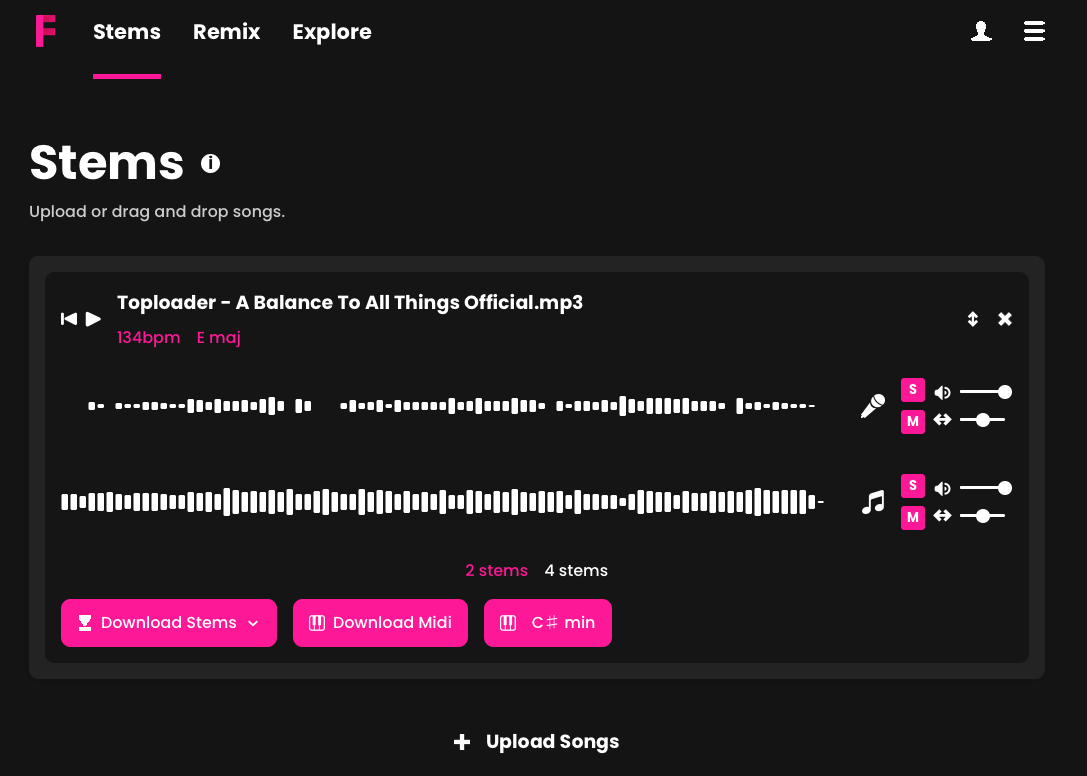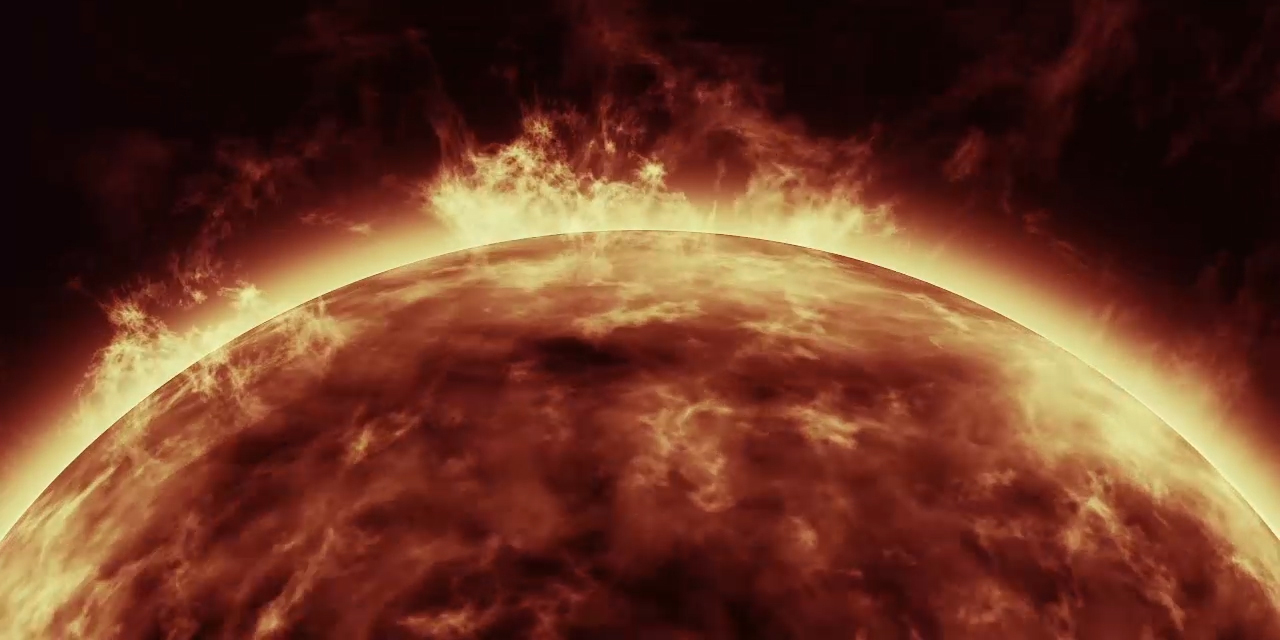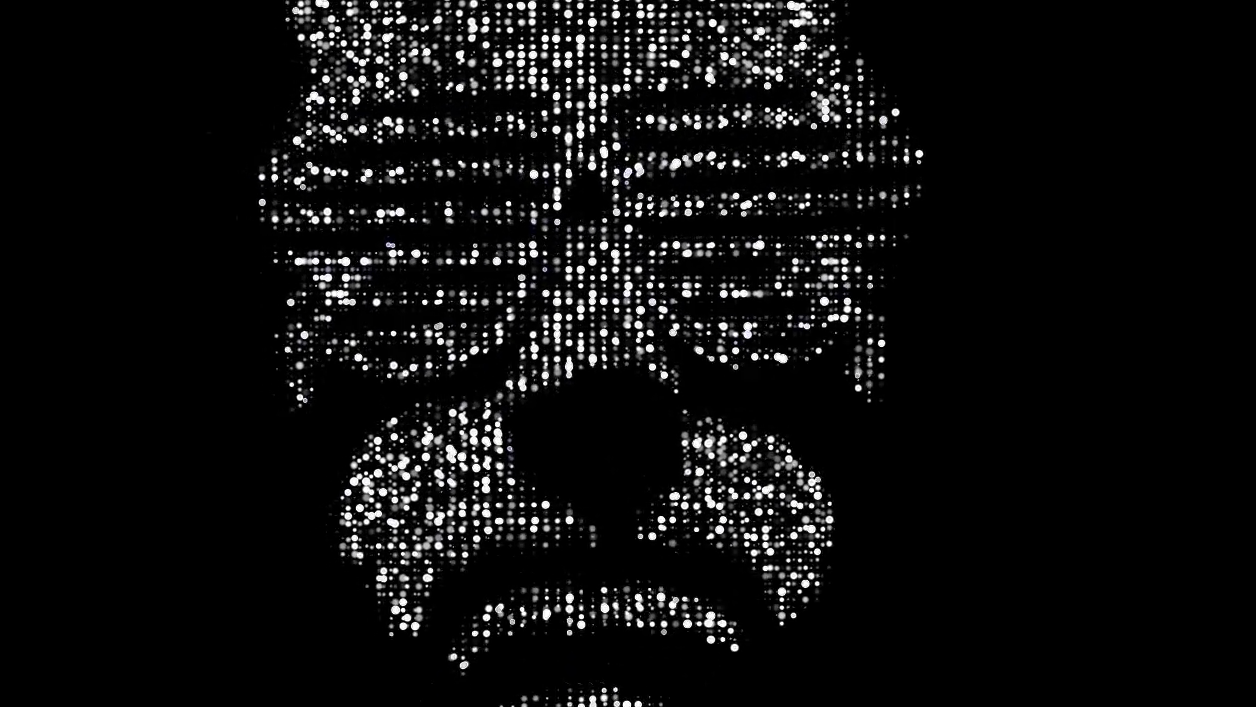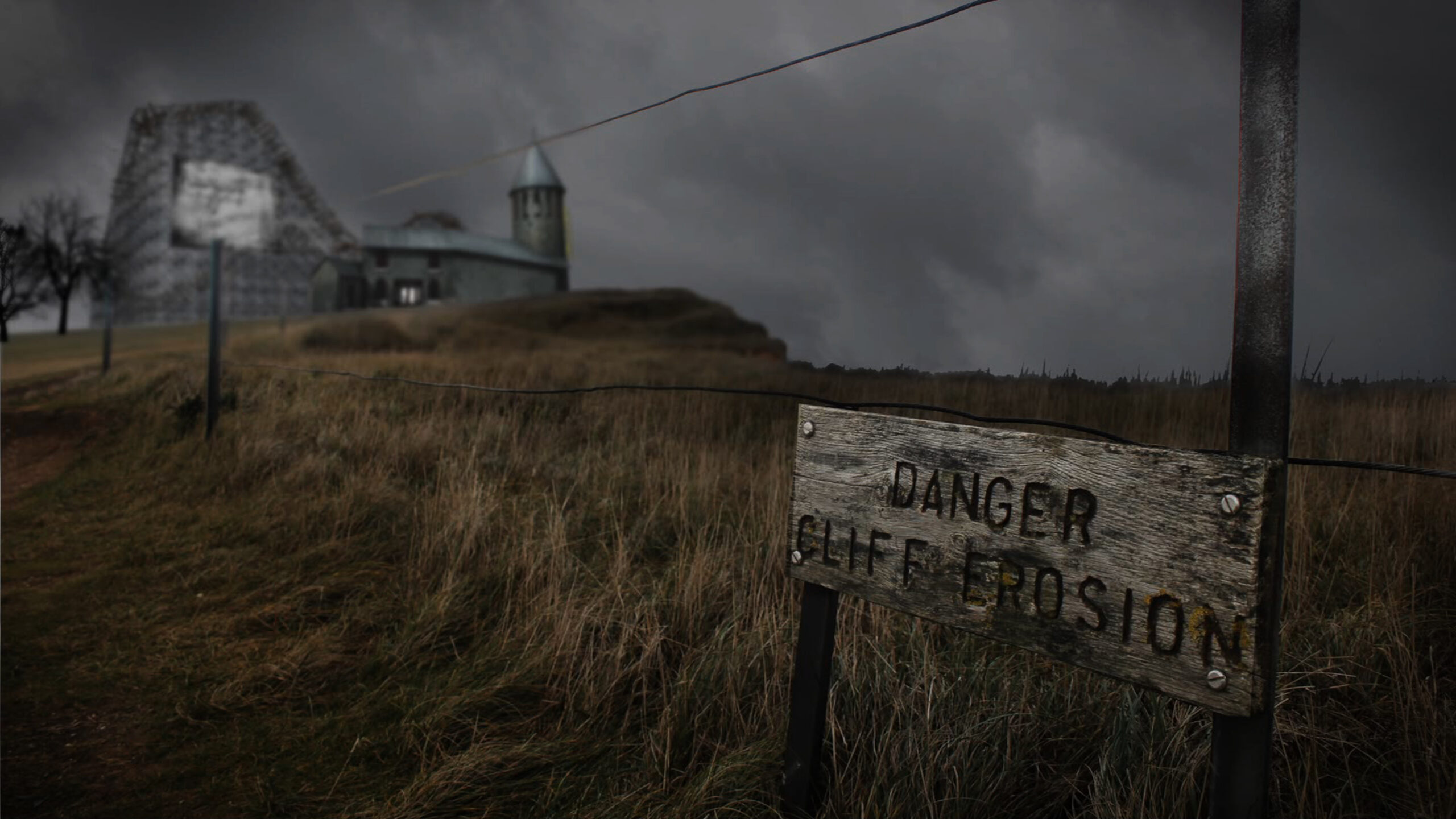Tricks n Tips
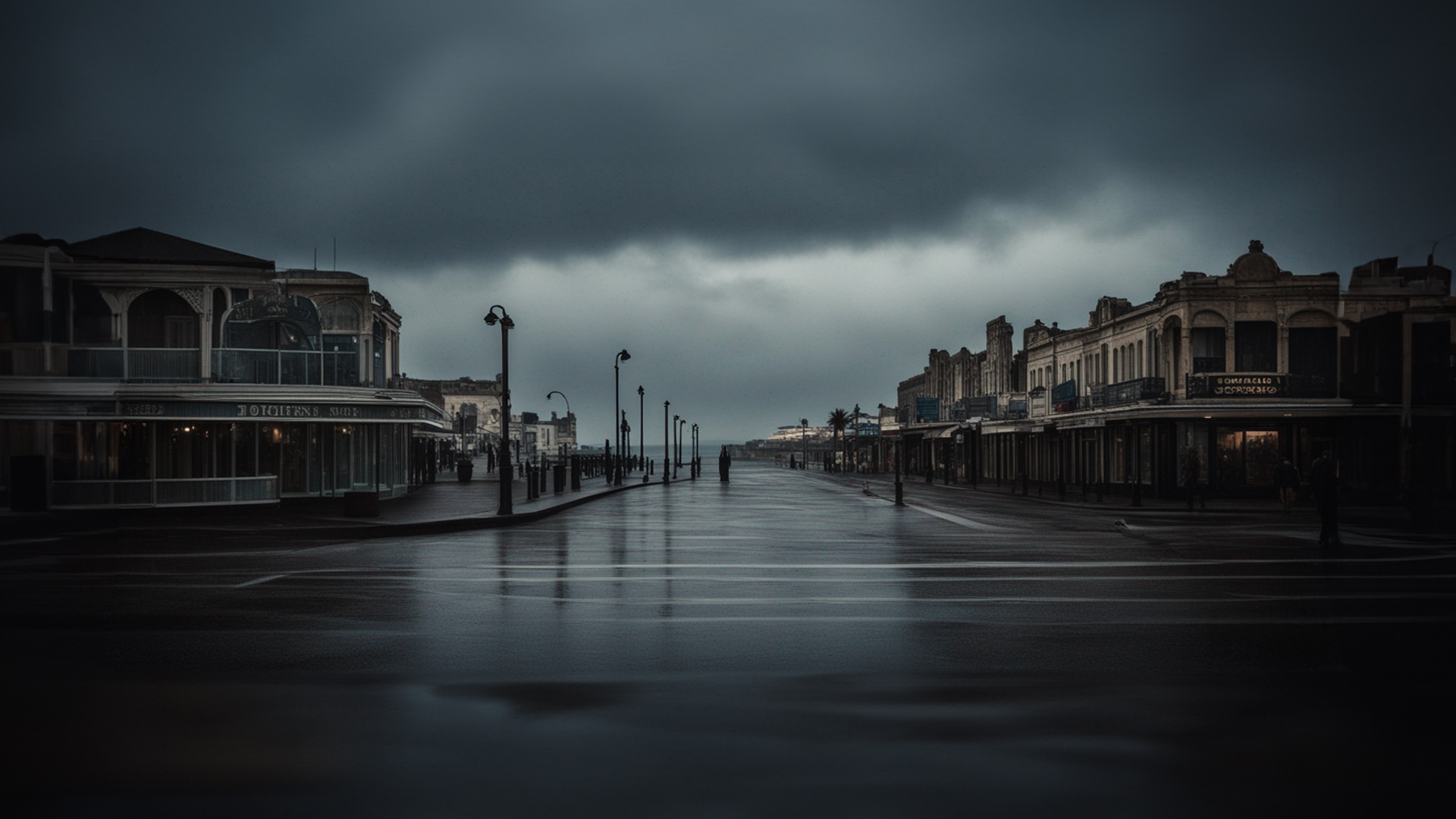
More AI – Stable Diffusion
Another look at an AI generator. This time it’s the turn of Stable Diffusion.

Wireframe and why!
Working with a computer animated set can put a lot of strain on your computer. But there are workarounds.

Planet textures
Here’s a great simple trick to get any extraterrestrial terrain you want and it’s closer than you think, despite being out of this world!
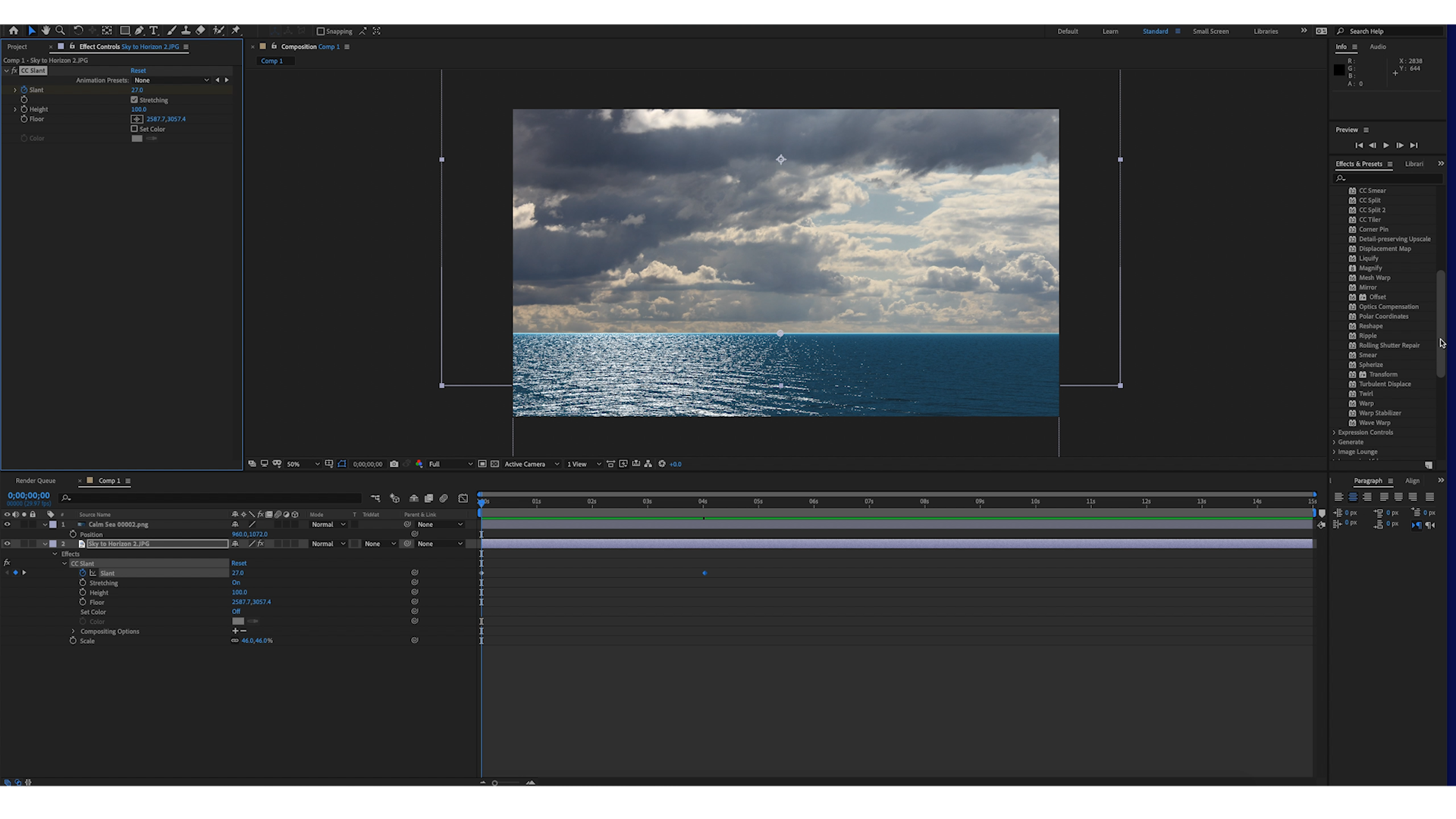
Moving clouds tutorial
A rare glimpse behind the scenes with a top tip for those doing post production on a budget!

When baking goes wrong
Forget the Great British Bake Off – when you’re rendering goes wrong during the bake you get more than deflated soufflés.

Tranquility Wifi
Nothing excites me more than that feeling of realisation that you can do something and it’s much simpler than you think. One such things I discovered last night. Using my phone’s 3G to connect my iPad online. And what’s more it’s wireless. My humble Galaxy Ace has under tether settings, something called Mobile AP, which …
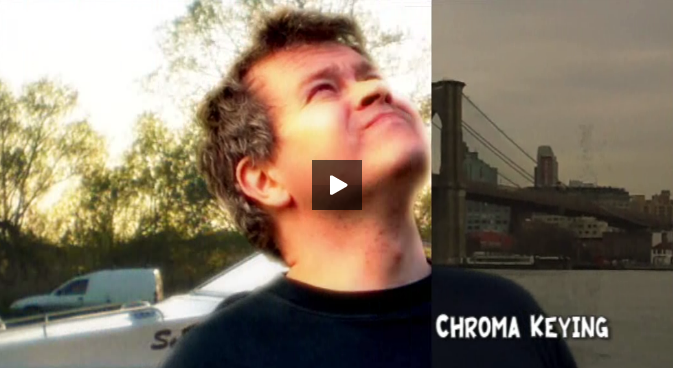
2011 – More than a dream!
I have been working hard, honest. The thing about pre-production and/or learning anything new is that at the end of the day, you don’t really have anything to show for it. Well, I thought I’d change that and have edited a quick montage of all tester clips and stuff generally marked on my hard-drives as …

Panarup!
So the last few weeks have been a mixture of different Twilight related projects. Lots of 3d drawing, notably the top of the Twilight tower which has now been added to the Ballrooms. I have also been designing numerous posters from the Twilight’s history. I did something similar to decorate the set when we took …



